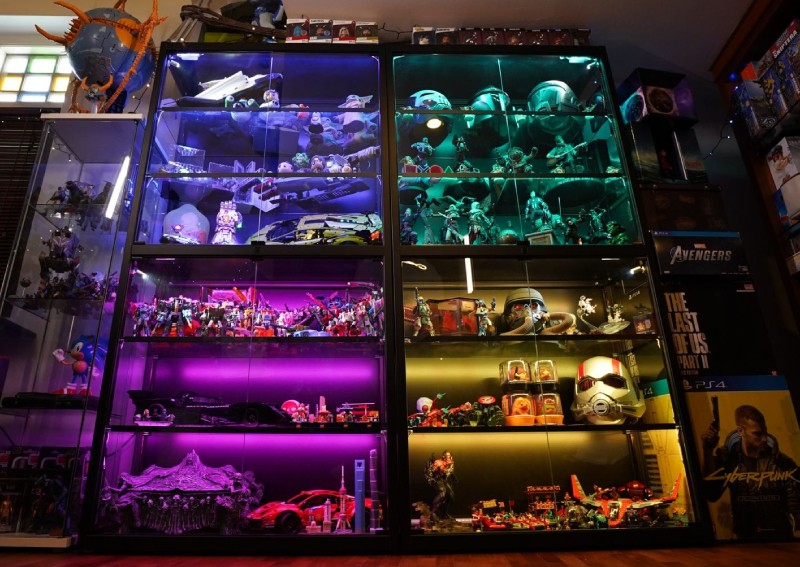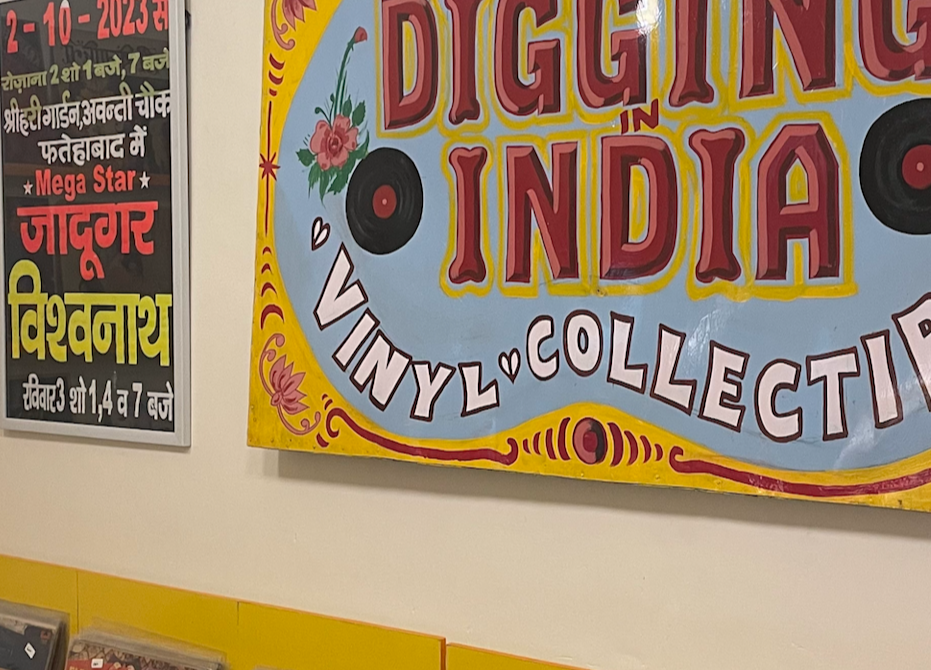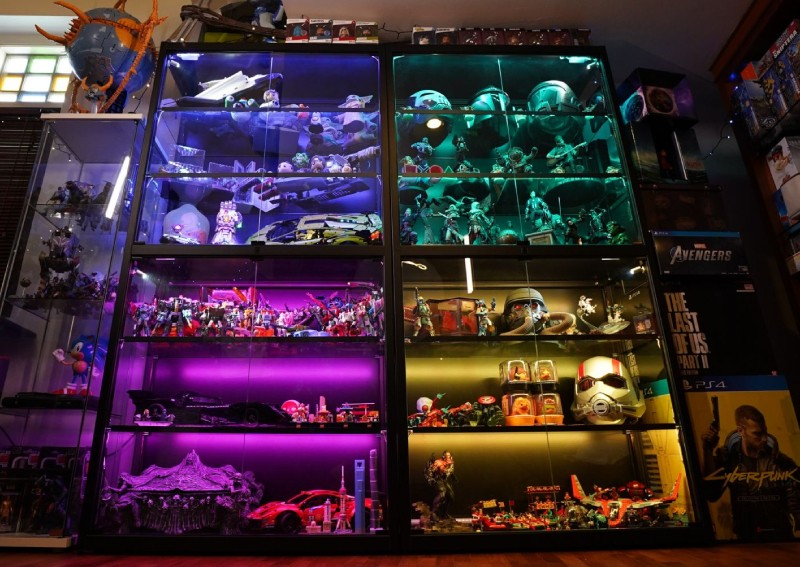
Only 100 Exist? Watch the Hype Train Spiral Out of Control
|
|
Time to read 2 min
|
|
Time to read 2 min

Imagine this: a brand drops a collectible, maybe a vinyl record, a limited-edition toy, or an exclusive pop-culture item with only 100 pieces worldwide. Instantly, a frenzy ignites. Social media buzzes, fans scramble, and the “Sold Out” sign goes up in minutes. Welcome to the wild ride of scarcity-driven hype where rarity equals instant clout. But what exactly is fueling this feverish obsession? And why does scarcity create such an explosive cocktail of desire and demand?

Scarcity is more than just a numbers game. It taps into a primal human drive—the fear of missing out, or FOMO. When you hear only 100 exist, your brain sparks a dopamine high tied to exclusivity. Owning one of those rare pieces means you are part of an elite club, a collector with bragging rights. This is no coincidence. Brands and creators strategically limit supply to stoke hype, create urgency, and elevate perceived value. Scarcity makes the ordinary extraordinary.
Take vinyl records, for example. Indian collectors grab exclusive limited pressings of Bollywood classics or rare indie albums. These aren’t just records—they are cultural artifacts wrapped in nostalgia and rebellion against digital streaming sameness. Limited vinyl runs create palpable excitement, drive community engagement, and fuel secondary markets where prices often skyrocket.
And why does scarcity create such an explosive cocktail of desire and demand?
Beyond human psychology, social media acts as a megaphone, turbocharging scarcity hype. Influencers unbox rare finds, collectors post their hauls, and countdowns to release dates create communal anticipation. The “drop” becomes more than a product launch—it turns into an event that blends art, commerce, and culture. However, this hype train can spiral out of control in unpredictable ways. Sometimes fans feel burned when legit products sell out too fast or when reseller markets inflate prices beyond reach. Other times artificial scarcity backfires, leading to skepticism and accusations of hype manipulation. Yet the hunger for rare collectibles rarely wanes. It adapts and evolves, feeding off the energy of exclusivity.

The limited-edition craze is also tied deeply to cultural expression and identity. In India, where history and heritage carry immense value, scarce collectibles act as vessels for storytelling and community bonding. They serve as physical connections to shared memories and cultural pride. Owning a rare vinyl pressing or toy connects individuals not only to the object but also to a larger cultural narrative.
This dual role of scarcity—as an economic tool and cultural symbol—makes it a fascinating topic for academics and collectors alike. It bridges psychology, sociology, and economics, revealing how limited supply drives both market behavior and meaning-making in the consumer world.
With digital platforms supplying instant access and endless content, the appeal of scarcity might seem counterintuitive. Yet it thrives precisely because it offers something fleeting and tangible amid the infinite scroll. Scarce collectibles remind us that rarity still reigns in a hyperconnected world. For collectors and sellers, understanding the dynamics of scarcity unlocks powerful strategies. Limited drops create buzz, build loyal communities, and turn consumers into passionate advocates. But balancing hype with fairness and authenticity is essential to avoid backlash. The hype train won't slow down anytime soon. Whether it’s 100 vinyl records or 50 figure toys, scarcity has proven itself as a force that transforms objects into legends. So buckle up and enjoy the ride. The hype train won't slow down anytime soon. Whether it’s 100 vinyl records or 50 figure toys, scarcity has proven itself as a force that transforms objects into legends. So buckle up and enjoy the ride.
